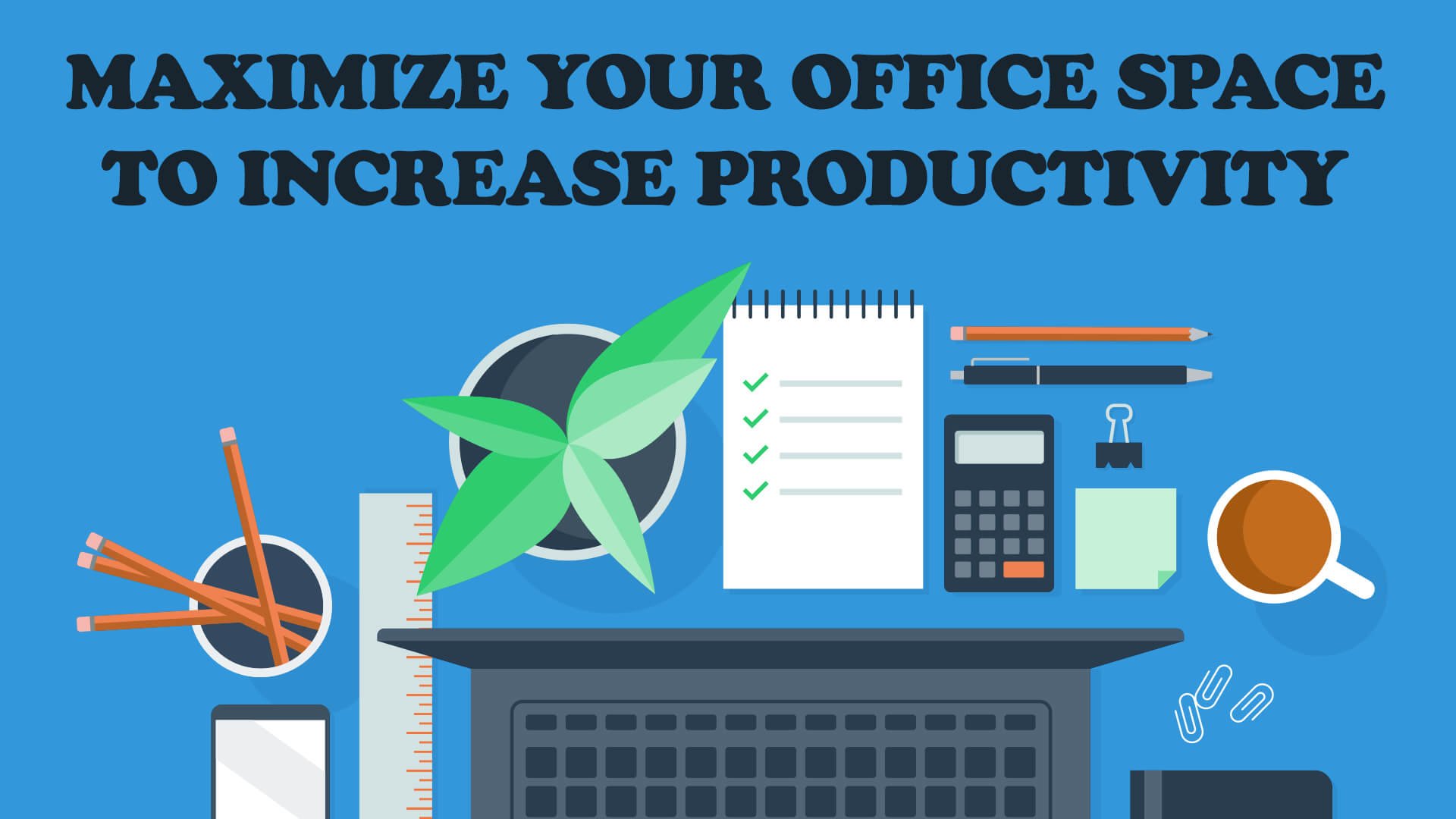
It feels so good to get things done and mark items off your to-do list. Sometimes, you’re in a groove, and everything is clicking. Other times, you can barely think, and you can’t seem to find the one book or piece of paper needed to move forward on a project.
Maximize Your Workspace
Although it affects people in different ways, how your office is organized can have a great impact on your productivity. Here are a few things to think about as you look to make your space work for you!
Evaluate your office needs: Figuring out what you need to function effectively and efficiently in your role is a great place to start. What tools and supplies are necessary, and what’s impeding you? It’s also helpful to take the needs of others who may use or occupy the same space into account.
Keep remote work in mind: Although being present and accessible is a big piece of many church workers' roles, having an office space that can easily be transferred home or simply taken on the go is a plus. Organizing information for projects you’re actively working on in a bin or folder that moves with you allows for greater flexibility if something suddenly comes up (like a sick child) or if you’d just like a change of scenery (e.g., working from a coffee shop or a library).
Think about a shared working space: As mentioned above, it’s not uncommon for church offices to be collaborative spaces. Whether you’re the only regular office occupant or not, others may use this space for their own projects or join you to work together on something.
If you’re in the main church office, keep in mind the needs of other leaders—both staff and laity. Does this space equip them to carry out the tasks they need to complete or does everything hang on you to be done right? Think about commonly used supplies and how they’re organized: clear, simple instructions for office machines, where to put completed projects, what and how to recycle, and so on.
Create zones for different projects: If you have the luxury of space, think about your office in terms of the different types of work you most commonly do and arrange furniture and such to support those things. Some zones might include a space for your computer, a reading area, or a place for project assembly or conversation.
Beware of drop-off hot spots: If you’re anything like me, a clear space seems like an invitation for clutter, especially when it’s right by the door. Take note of those places in your office and make a plan to keep the piles at bay. You might have a “put it away right away” policy. If that isn’t always practical, consider having a box or bin. When that box or bin has reached capacity, you know it’s time to do some filing and probably some recycling.
Add a personal touch: Include a couple of items that have no other purpose than to represent what’s most important to you or to bring a smile to your face when you see them—something like a picture of your family or a print of a meaningful Bible verse.
Recognize when your office might not be the most productive workplace: There are times throughout the day best suited for different types of work. Where you complete those tasks can have an impact on your productivity. Try a walking meeting in the afternoon, or invest a few minutes in getting some fresh air or in movement to combat a slump.
Establish regular reset rhythms: Have simple end-of-the-day, week, and/or month routines to keep things organized and keep you from being overwhelmed. A slow week in the office is a great time to declutter and reorganize based on your current needs.
Have a place for inspiration: When we end up in a creative desert, sometimes we need a bit of outside inspiration to get over the hump. Using an inspiration board, whether digital or physical, can help you glean ingenuity from others and spark your own. A word of caution: don’t let this take you down the rabbit hole of distraction and defeat the purpose. Try setting a ten-minute timer to help keep you on track.
There’s no magic bullet for an organized office or even one right way for things to be. Rather, focus on finding, building, and evaluating habits and systems that work for you, your team, and those you serve. Learn to enjoy and utilize the space you have!
For more ideas on helping your church office run smoothly, download the ebook below.
























